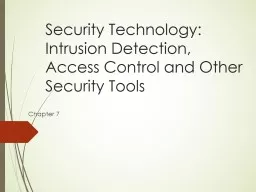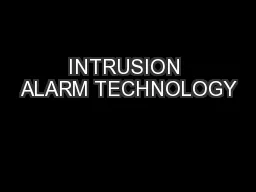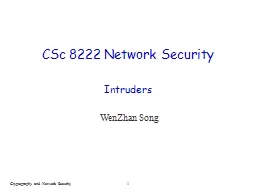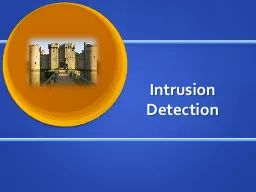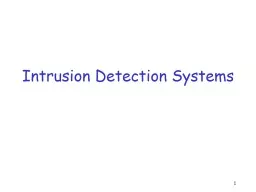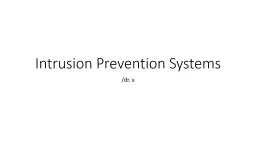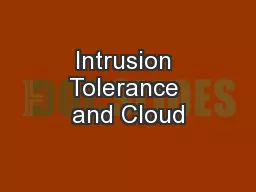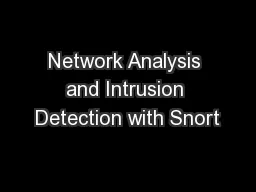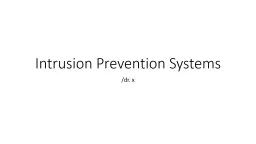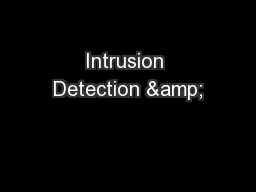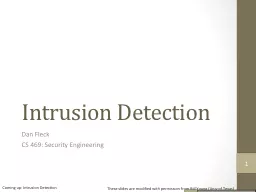PPT-Security Technology: Intrusion Detection, Access Control and Other Security Tools
Author : tatiana-dople | Published Date : 2018-09-21
Chapter 7 Intrusion Intrusion is a type of attack on information assets in which the instigator attempts to gain entry into a system or disrupt the normal operation
Presentation Embed Code
Download Presentation
Download Presentation The PPT/PDF document "Security Technology: Intrusion Detection..." is the property of its rightful owner. Permission is granted to download and print the materials on this website for personal, non-commercial use only, and to display it on your personal computer provided you do not modify the materials and that you retain all copyright notices contained in the materials. By downloading content from our website, you accept the terms of this agreement.
Security Technology: Intrusion Detection, Access Control and Other Security Tools: Transcript
Download Rules Of Document
"Security Technology: Intrusion Detection, Access Control and Other Security Tools"The content belongs to its owner. You may download and print it for personal use, without modification, and keep all copyright notices. By downloading, you agree to these terms.
Related Documents

